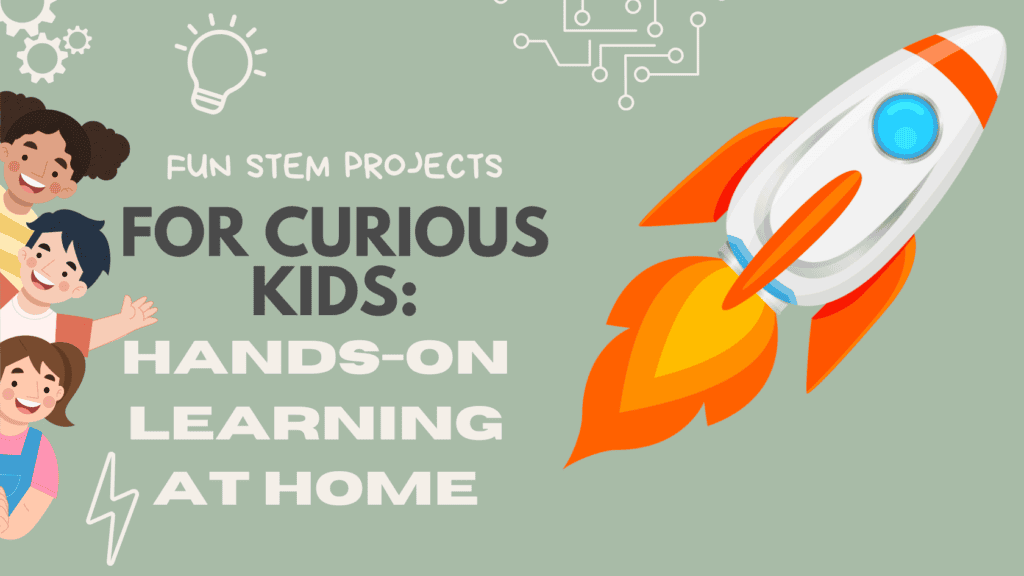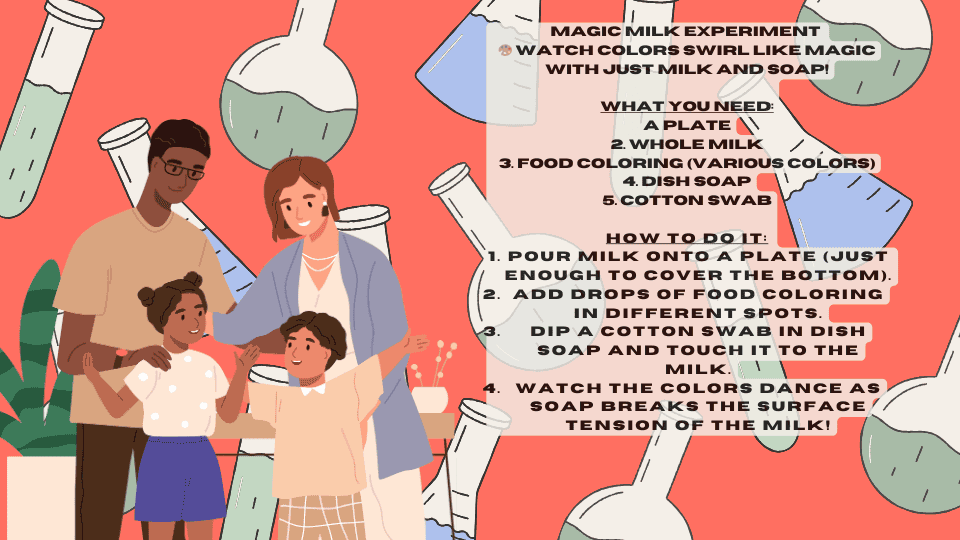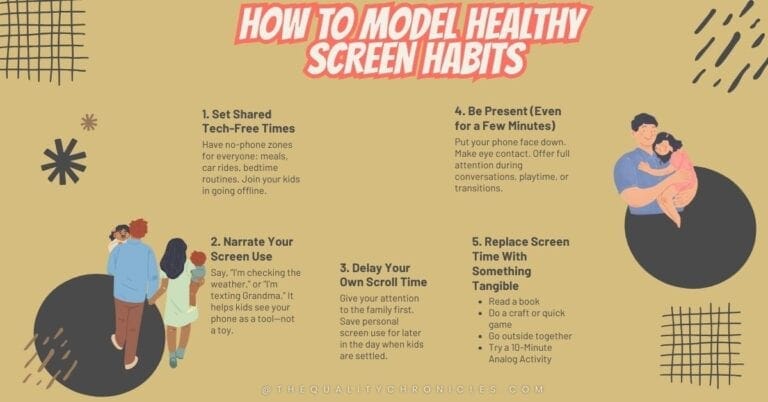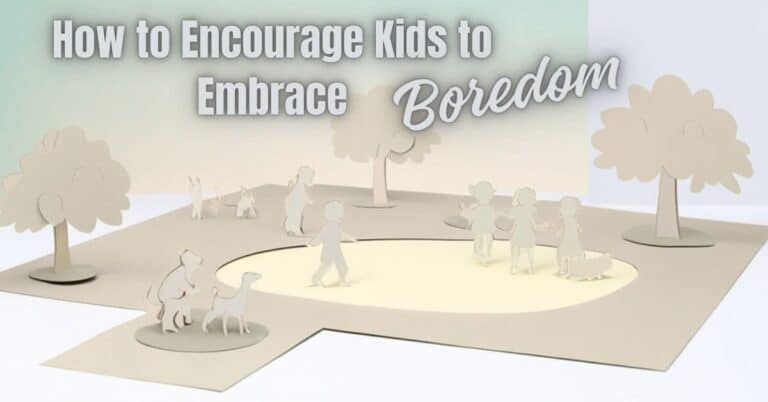Keeping kids entertained while fueling their curiosity doesn’t have to be a challenge. With these fun STEM projects for kids, learning becomes an adventure! Whether you have a future scientist, engineer, or inventor at home, these hands-on STEM projects will spark creativity and critical thinking—no fancy lab required. From easy science experiments for kids to exciting engineering projects for kids, these activities use simple materials to make learning fun and interactive!

Why STEM Projects Matter for Kids
Science, Technology, Engineering, and Math (STEM) activities encourage problem-solving, creativity, and logical thinking. Plus, they’re a fantastic way to spend quality time together while making learning exciting.
Here are some easy and fun STEM projects you can try at home with everyday materials.
1. Magic Milk Experiment (Science + Chemistry)
🎨 Watch colors swirl like magic with just milk and soap!
What You Need:
- A plate
- Whole milk
- Food coloring (various colors)
- Dish soap
- Cotton swab
How to Do It:
- Pour milk onto a plate (just enough to cover the bottom).
- Add drops of food coloring in different spots.
- Dip a cotton swab in dish soap and touch it to the milk.
- Watch the colors dance as soap breaks the surface tension of the milk!
💡 STEM Lesson: This experiment teaches kids about surface tension and chemical reactions in a visually exciting way.

2. Balloon-Powered Car (Engineering + Physics)
🚗 Build a simple car that zooms forward with air power!
What You Need:
- A plastic bottle or cardboard
- 4 bottle caps (for wheels)
- 2 straws
- 2 wooden skewers
- A balloon
- Tape
How to Do It:
- Create a car body using the plastic bottle or a small cardboard piece.
- Use straws and skewers to attach the bottle caps as wheels.
- Tape a balloon to one end of a straw.
- Insert the straw through a small hole in the car and secure it.
- Blow up the balloon through the straw, pinch the end, and place the car on a smooth surface.
- Release the air and watch your car zoom away!
💡 STEM Lesson: This teaches Newton’s Third Law of Motion—for every action, there is an equal and opposite reaction!
3. DIY Lava Lamp (Science + Chemistry)
🌋 A mesmerizing bubbling lamp made with household ingredients!
What You Need:
- A clear jar or plastic bottle
- Water
- Vegetable oil
- Food coloring
- Alka-Seltzer tablets
How to Do It:
- Fill ⅔ of the jar with vegetable oil and the rest with water.
- Add a few drops of food coloring.
- Drop in a piece of an Alka-Seltzer tablet.
- Watch as colorful bubbles rise and fall like a lava lamp!
💡 STEM Lesson: This experiment explores density (oil and water don’t mix) and chemical reactions (gas from the Alka-Seltzer makes bubbles rise).
4. Egg Drop Challenge (Engineering + Physics)
🥚 Can your kids design a protective case to prevent an egg from breaking?
What You Need:
- Raw eggs
- Various materials (cotton balls, bubble wrap, straws, balloons, etc.)
- Tape, rubber bands, and plastic bags
How to Do It:
- Give kids materials to design an “egg capsule.”
- Place the egg inside and secure it.
- Drop it from different heights (start low and go higher).
- Open the capsule and see if the egg survived!
💡 STEM Lesson: This teaches engineering principles and problem-solving while introducing concepts like gravity, impact force, and shock absorption.
Growing a Crystal Garden (Science + Chemistry) Fun STEM projects for kids #5
💎 Make your own colorful crystals at home!
What You Need:
- A jar
- Hot water
- Epsom salt or borax
- Food coloring (optional)
How to Do It:
- Heat water and mix in Epsom salt or borax until it dissolves.
- Add food coloring if desired.
- Pour the solution into a jar and place in a cool spot.
- Wait 24-48 hours for crystals to form!
💡 STEM Lesson: This demonstrates crystallization and molecular structures in an easy-to-see way.
Check some links for similar activities :
→ Offers a wide variety of fun, educational experiments with step-by-step guides.
→ A treasure trove of space-themed STEM activities from NASA, perfect for curious kids.
→ A parent-friendly blog with tons of hands-on STEM ideas for preschool to grade school.
Wrapping Up
Fun STEM projects for kids don’t have to be complicated or expensive. These hands-on activities make learning fun, encourage curiosity, and foster a love for science and engineering—all while spending meaningful time together!
🌟 Which STEM project will you try first? Let us know in the comments!
📩 Enjoyed this post? Subscribe to The Quality Chronicles for more family-friendly activities and tips!
1. What are STEM projects for kids?
STEM projects are hands-on activities that teach kids about Science, Technology, Engineering, and Math in a fun and interactive way. These projects encourage problem-solving, creativity, and logical thinking.
2. What age group are STEM projects suitable for?
STEM activities can be adapted for kids of all ages. Younger kids (ages 3-6) can try simple experiments like color mixing and magnet play, while older children (ages 7-12) can build engineering models and conduct chemistry experiments.
3. Do I need special materials for STEM projects?
No! Most STEM experiments use common household items like milk, dish soap, balloons, baking soda, vinegar, and plastic bottles. They are designed to be fun, educational, and easy to set up.
4. How do STEM activities benefit kids?
STEM projects help children develop:
- Critical thinking & problem-solving skills
- Creativity & innovation
- Curiosity about science & technology
- Confidence in experimenting and learning through failure
5. How can I make STEM learning more engaging?
Make STEM fun by:
- Turning it into a game or challenge (e.g., Who can build the strongest egg drop capsule?)
- Encouraging hands-on exploration rather than just following steps
- Asking questions to spark curiosity (e.g., “What do you think will happen?”)
- Relating projects to real-life concepts (e.g., using a balloon-powered car to explain how rockets work)
6. Where can I find more STEM project ideas?
You can find more STEM project ideas on educational websites, YouTube, Pinterest, and STEM-focused books. Also, stay tuned to The Quality Chronicles for more fun learning activities!


